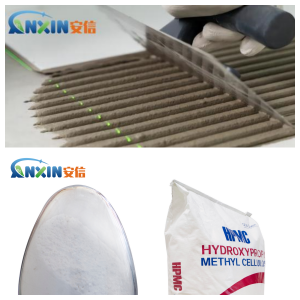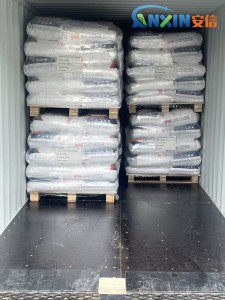In modern building materials, tile adhesive, as a key bonding material for tile laying, has gradually replaced traditional cement mortar. It is widely used due to its ease of application, strong adhesion, and excellent durability. However, the performance of high-quality tile adhesive depends on the optimal formulation of additives. Hydroxypropyl methylcellulose (HPMC), as a key additive, plays an irreplaceable role.
1. Tile Adhesive Performance Requirements for Additives
The core requirements for tile adhesives are bond strength, workability, and durability. Different construction scenarios, such as indoor and outdoor wall and floor applications, and stone paving, have varying requirements for tile adhesive performance, but the following common requirements generally apply:
1.1. Good Application and Ease of Use
Tile adhesives require a moderate consistency to facilitate application without slipping or excessive flow.
1.2. Extended Open Time
During the tile laying process, tile adhesives require a certain amount of time to adjust, so they must retain moisture to prevent premature drying.
1.3. Excellent Water Retention and Anti-Sagging Properties
During wall installation, tile adhesive should be kept sufficiently moist to ensure smooth hydration between the tile and the substrate and prevent tiles from sagging.
1.4. Weather Resistance and Durability
During long-term use, tile adhesive must withstand thermal cycling, humidity fluctuations, and external stress to ensure bond strength remains intact.
2. The Core Role of HPMC in Tile Adhesive
HPMC (Hydroxypropyl Methyl Cellulose) is a non-ionic cellulose ether widely used in dry-mix mortar formulations for its excellent solubility, chemical stability, and environmental friendliness. In tile adhesive, HPMC primarily plays the following roles:
2.1. Significantly Improved Water Retention
HPMC forms a dense molecular network in the mortar, effectively locking in moisture and slowing the hydration process of the cement, thereby extending the open time of the tile adhesive and facilitating application.
2.2. Improved Application Performance and Thixotropy
The addition of HPMC significantly improves the fluidity and lubricity of tile adhesive, enabling smoother application and even application. It also imparts excellent thixotropy, meaning a higher viscosity when standing still, preventing slippage; and enhanced fluidity when stirred or applied, facilitating easier application.
2.3. Enhanced Adhesion and Anti-slip Properties
HPMC improves the contact strength between the tile adhesive and the substrate and the back of the tile, reducing the risk of hollowing and falling off. This benefit is particularly evident in the installation of large-format tiles.
2.4. Improved Crack Resistance and Durability
By improving the uniformity and shrinkage properties of the mortar, HPMC can reduce cracks caused by stress concentration and extend the service life of the tile adhesive.
3. How to Choose the Right HPMC Additive
Although HPMC is indispensable in tile adhesives, its performance varies depending on parameters such as degree of substitution, viscosity, particle size, and dispersibility. The following aspects should be considered when selecting:
3.1. Viscosity Grade
Higher viscosity improves water retention, but may reduce fluidity during application. Low-viscosity products are easier to apply, but may compromise water retention and anti-slip properties. Therefore, appropriate selection should be made based on tile specifications and application scenarios.
3.2. Degree of Substitution and Solubility
Highly substituted HPMC dissolves faster, allowing for better dispersion in the tile adhesive system, improving stability and performance consistency.
3.3. Specialty Grades
Specialized HPMC grades are available on the market, offering enhanced anti-slip properties and extended open time, making them more suitable for large-slab tile and exterior wall applications.
3.4. Environmental Protection and Safety
High-quality HPMC should meet environmental standards, be non-toxic and harmless, and ensure a safe construction environment and living environment.
The quality of tile adhesives depends not only on the quality of the cement and aggregates, but also on the scientific formulation of the additives. HPMC, due to its combined effects of water retention, thickening, improved workability, and enhanced adhesion, is an indispensable key ingredient in tile adhesives. The proper selection and application of HPMC not only significantly improves tile adhesive performance, but also reduces construction risks and ensures building quality. For construction companies and contractors, mastering the selection and application techniques of HPMC is essential for producing high-quality tile adhesive products.
Post time: Sep-28-2025

